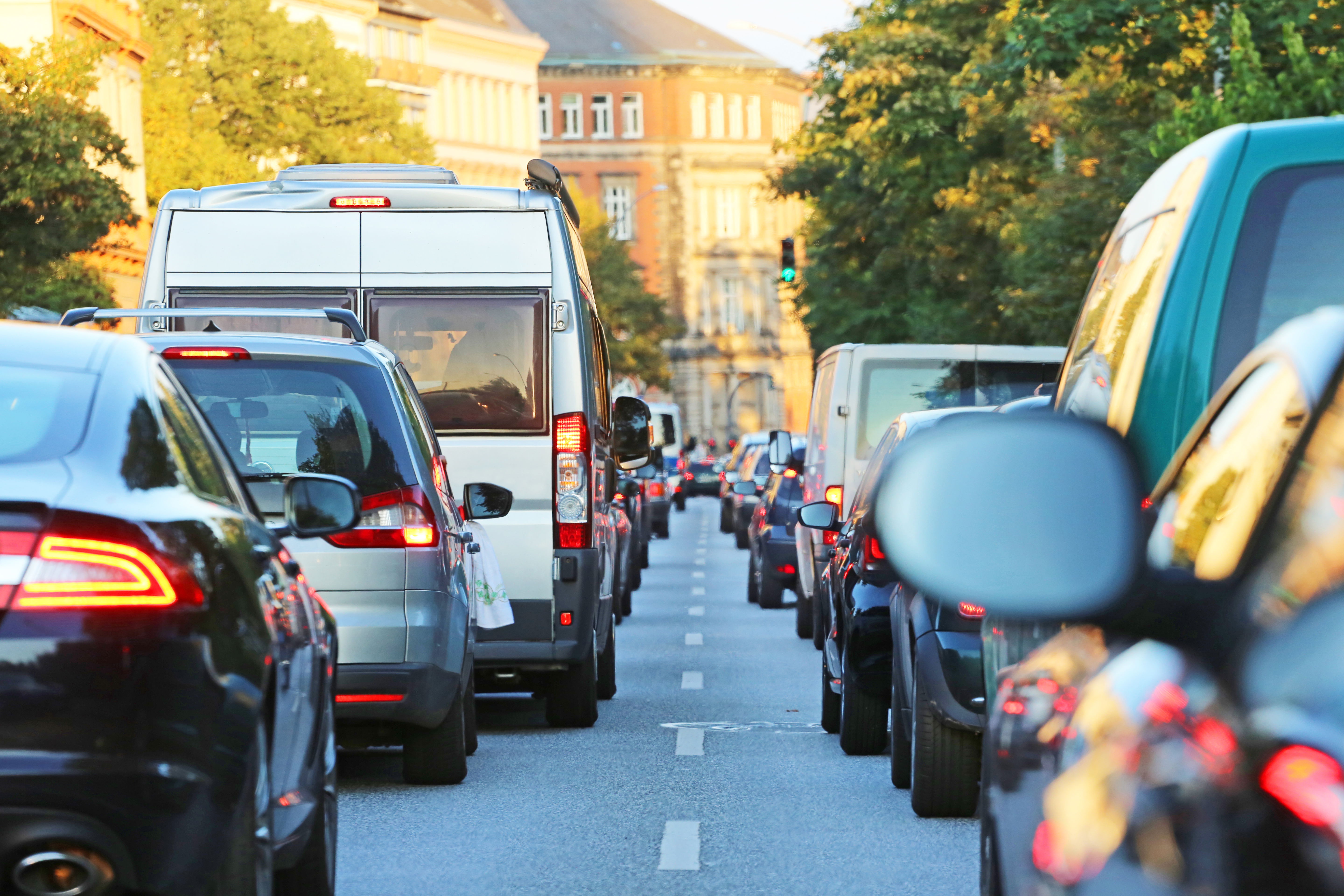Emotional Mastery in Traffic: How to Stay Calm When Others Annoy
Traffic is often a crucible for human emotion: hurry, disrespect, rule-breakers. Many drivers feel anger, fear, or frustration. Yet this environment is also an opportunity: the road becomes your training ground for emotional awareness and self-mastery. In this article, you’ll discover how to steer your reactions consciously — from the center, not from impulse.
1. Why Emotions Flare Strongly in Traffic
- Automatic stress response: Even a minor violation triggers the autonomic nervous system — heart races, muscles tense, tunnel vision.
- Wounded ego & boundary violation: If someone “cuts you off,” it feels like a symbolic transgression. That awakens patterns of control, injustice or rejection.
- Anonymity & projection: Behind the wheel, we feel both visible and invisible; we often project our inner stress onto others.
These mechanisms act swiftly — many reactions occur before conscious thinking kicks in.
2. Basic Principles of Emotional Management in Traffic
To remain grounded despite external chaos, a balanced inner posture is essential:
- Mindfulness over resistance: Notice what you feel without immediately reacting.
- Calmness as choice, not weakness: You decide how you respond, not your impulses.
- Transformation over hardening: Anger or boundary signals can be transformed into clarity, focus, and healthy boundaries.
- Compassionate distance: Not everything is about you — remember others usually act from their own agitation.
3. Practical Techniques & Tools
Here are concrete methods you can apply in the car or mentally while driving:
| Technique | When & how to apply | Effect / Notes |
|---|---|---|
| Deep belly breathing | When noticing your pulse rising | Activates parasympathetic calming pathways |
| Body anchoring | Hand on chest or steering wheel, consciously feel | Reconnects you to your body, anchors you in the present |
| Inner mantra / affirmation | In tense moments | E.g.: “I remain clear and calm” |
| Labeling / observing internally | When anger surfaces | “This is anger. This is frustration.” — without over-identifying |
| Course adjustment rather than counterattack | Instead of horn, retaliation, etc. | Increase distance, change lane calmly |
| Afterdrive ritual | After parking: exhale, stretch, reflect | Discharge residual tension before entering next activity |
4. Preparation Is Half the Work
To begin more resilient:
- Regular practice: Meditation, breathwork, Qi Gong, yoga — train your nervous system ahead of stress.
- Before driving: 3 conscious breaths, release shoulders, set intention (“I drive mindfully today”).
- Give yourself time: Avoid hurry — stress is a breeding ground for reactivity.
- Physical support: Movement, healthy nutrition, fresh air — these strengthen baseline stability.
5. Energetic / Philosophical Embedding
From a holistic perspective (Shiatsu / TCM / Taoism), several levels weave together:
- Yang energy → transform, not suppress: Anger signals a boundary.
- Wu Wei in traffic: Don’t fight the current; move with skillful alignment.
- Strengthen heart & center: When your core is strong, outer disturbances shake you less.
6. Potential Obstacles & How to Deal
- “I can’t drive slow” mindset: Calmness doesn’t equal slowness — it means smarter movement.
- Others reacting aggressively: Be the stable one — don’t let reaction escalate.
- Doubting inner voices: Remind yourself: your practice is stronger than each impulse.
- Immediate effect may lag: Emotional patterns are deep — persistence yields results.
7. Final Thoughts & Invitation to Practice
Traffic isn’t merely a battlefield; it is a stage for your inner life. Those who learn to stay steady amid chaos bring that steadiness into all realms. Begin small, aim not for perfection, and watch your posture gradually transform.
Share this post with people you know who get stressed in traffic.
Comment: Which technique will you try first?
